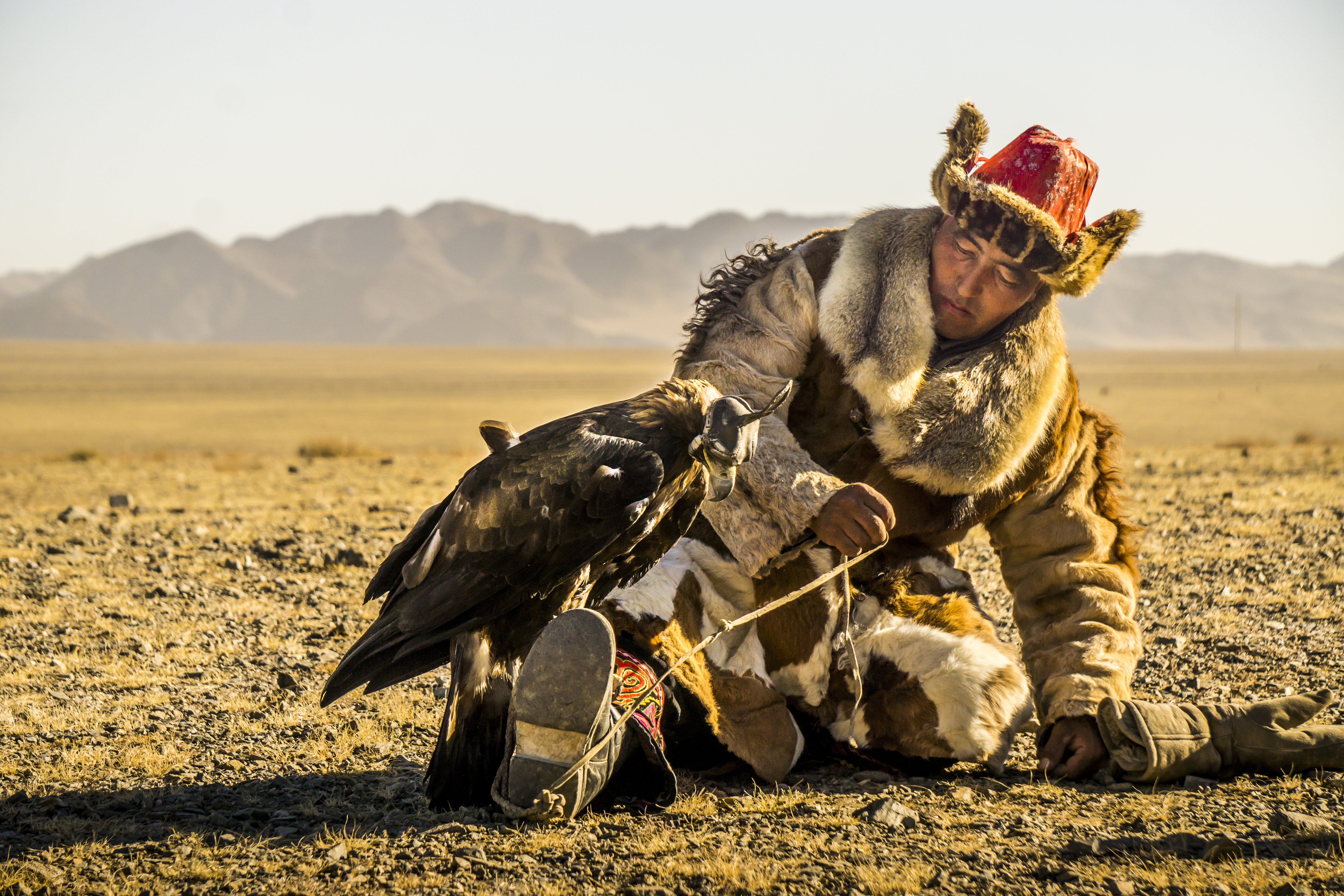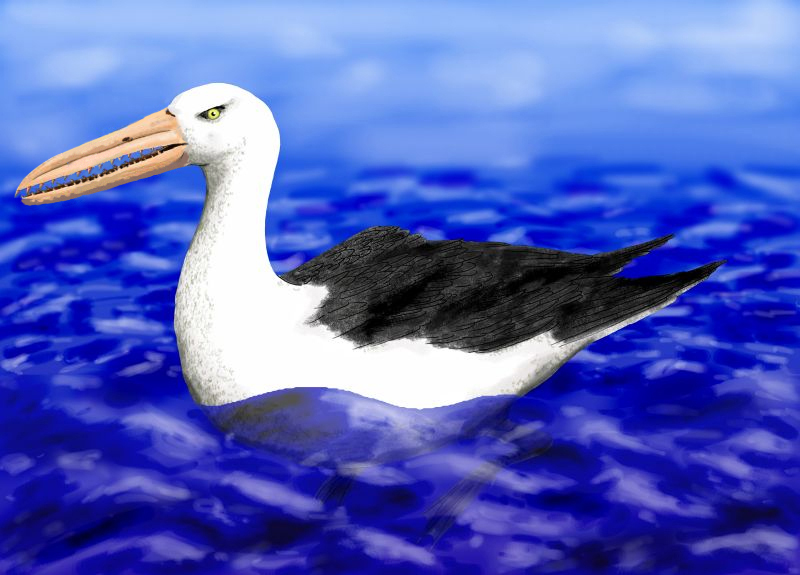|
Cloacal
A cloaca ( ), : cloacae ( or ), or vent, is the rear orifice that serves as the only opening for the digestive (rectum), reproductive, and urinary tracts (if present) of many vertebrate animals. All amphibians, reptiles, birds, cartilaginous fish and a few mammals (monotremes, afrosoricids, and marsupial moles, etc.) have this orifice, from which they excrete both urine and feces; this is in contrast to most placental mammals, which have separate orifices for evacuation and reproduction. Excretory openings with analogous purpose in some invertebrates are also sometimes called cloacae. Mating through the cloaca is called cloacal copulation and cloacal kissing. The cloacal region is also often associated with a secretory organ, the cloacal gland, which has been implicated in the scent-marking behavior of some reptiles, marsupials, amphibians, and monotremes. Etymology The word is from the Latin verb ''cluo'', "(I) cleanse", thus the noun ''cloaca'', " sewer, drain". B ... [...More Info...] [...Related Items...] OR: [Wikipedia] [Google] [Baidu] |
Bird Penis
A penis (; : penises or penes) is a sex organ through which male and hermaphrodite animals expel semen during copulation, and through which male placental mammals and marsupials also urinate. The term ''penis'' applies to many intromittent organs of vertebrates and invertebrates, but not to all. As an example, the intromittent organ of most Cephalopoda is the hectocotylus, a specialized arm, and male spiders use their pedipalps. Even within the Vertebrata, there are morphological variants with specific terminology, such as hemipenes. Etymology The word "penis" is taken from the Latin word for "tail". Some derive that from Indo-European ''*pesnis'', and the Greek word πέος = "penis" from Indo-European ''*pesos''. Prior to the adoption of the Latin word in English, the penis was referred to as a "yard". The Oxford English Dictionary cites an example of the word ''yard'' used in this sense from 1379, and notes that in his ''Physical Dictionary'' of 1684, Steven Blanka ... [...More Info...] [...Related Items...] OR: [Wikipedia] [Google] [Baidu] |
Amphibian
Amphibians are ectothermic, anamniote, anamniotic, tetrapod, four-limbed vertebrate animals that constitute the class (biology), class Amphibia. In its broadest sense, it is a paraphyletic group encompassing all Tetrapod, tetrapods, but excluding the amniotes (tetrapods with an amniotic membrane, such as modern reptiles, birds and mammals). All extant taxon, extant (living) amphibians belong to the monophyletic subclass (biology), subclass Lissamphibia, with three living order (biology), orders: Anura (frogs and toads), Urodela (salamanders), and Gymnophiona (caecilians). Evolved to be mostly semiaquatic, amphibians have adapted to inhabit a wide variety of habitats, with most species living in freshwater ecosystem, freshwater, wetland or terrestrial ecosystems (such as riparian woodland, fossorial and even arboreal habitats). Their biological life cycle, life cycle typically starts out as aquatic animal, aquatic larvae with gills known as tadpoles, but some species have devel ... [...More Info...] [...Related Items...] OR: [Wikipedia] [Google] [Baidu] |
Body Orifice
A body orifice is any opening in the body of an animal. External In a typical mammalian body such as the human body, the external body orifices are: * The nostrils, for breathing and the associated sense of smell * The mouth, for eating, drinking, breathing, and vocalizations such as speech * The ear canals, for the sense of hearing * The nasolacrimal ducts, to carry tears from the lacrimal sac into the nasal cavity * The anus, for defecation * The urinary meatus, for urination in males and females and ejaculation in males * In females, the vagina, for menstruation, copulation and birth * The nipple orifices Other animals may have some other body orifices: *cloaca, in birds, reptiles, amphibians, and a few mammals, such as monotremes. *siphon in mollusks, arthropods, and some other animals Internal Internal orifices include the orifices of the outflow tracts of the heart, between the heart valves. See also *Internal urethral orifice *Mucosa * Mucocutaneous boundary *Meatus ... [...More Info...] [...Related Items...] OR: [Wikipedia] [Google] [Baidu] |
Copulation (zoology)
In zoology, copulation is animal sexual behavior in which a male introduces sperm into the female's body, especially directly into her reproductive tract. This is an aspect of mating. Many aquatic animals use external fertilization, whereas internal fertilization may have developed from a need to maintain gametes in a liquid medium in the Late Ordovician epoch. Internal fertilization with many vertebrates (such as all reptiles, some fish, and most birds) occurs via cloacal copulation, known as cloacal kiss (see also hemipenis), while most mammals copulate vaginally, and many basal vertebrates reproduce sexually with external fertilization. In spiders and insects Spiders are often confused with insects, but they are not insects; instead, they are arachnids. Spiders have separate male and female sexes. Before mating and copulation, the male spider spins a small web and ejaculates on to it. He then stores the sperm in reservoirs on his large pedipalps, from which he tran ... [...More Info...] [...Related Items...] OR: [Wikipedia] [Google] [Baidu] |
Avian Cloaca
Avian may refer to: *Anything related to birds (animals of the class ''Aves'') Aviation *Avro Avian, a series of light aircraft made by Avro in the 1920s and 1930s *Avian Limited, a hang glider manufacturer founded in 1989 Places *Avian, Iran, a village in Razavi Khorasan Province, Iran *, Friulian name of Aviano, a town and ''comune'' in northern Italy *Avian Island, Antarctica *Avian Tower, a high-rise building in Surabaya, Indonesia People *Avian (band), an American heavy metal band *Avian (given name), Russian male first name *Bob Avian (1937–2021), American choreographer and theater director See also * *Avian influenza, a virus adapted to birds *Evian, a brand of mineral water *Évian-les-Bains Évian-les-Bains (), or simply Évian (, , or ), is a Communes of France, commune in Eastern France, by the border with Switzerland. It is located in the northern part of the Haute-Savoie department in the Auvergne-Rhône-Alpes region. A high-m ..., a commune in eastern Fr ... [...More Info...] [...Related Items...] OR: [Wikipedia] [Google] [Baidu] |
Falconry
Falconry is the hunting of wild animals in their natural state and habitat by means of a trained bird of prey. Small animals are hunted; squirrels and rabbits often fall prey to these birds. Two traditional terms are used to describe a person involved in falconry: a "falconer" flies a falcon; an "austringer" (Old French origin) keeps Eurasian goshawks and uses hawk, accipiters for hunting. In modern falconry, the red-tailed hawk (''Buteo jamaicensis''), Harris's hawk (''Parabuteo unicinctus''), and the peregrine falcon (''Falco perigrinus'') are some of the more commonly used birds of prey. The practice of hunting with a conditioned falconry bird is also called "hawking" or "gamehawking", although the words wikt:hawking, hawking and peddler, hawker have become used so much to refer to petty traveling traders, that the terms "falconer" and "falconry" now apply to most use of trained birds of prey to catch game. However, many contemporary practitioners still use these words in the ... [...More Info...] [...Related Items...] OR: [Wikipedia] [Google] [Baidu] |
Waterfowl
Anseriformes is an order of birds also known as waterfowl that comprises about 180 living species of birds in three families: Anhimidae (three species of screamers), Anseranatidae (the magpie goose), and Anatidae, the largest family, which includes over 170 species of waterfowl, among them the ducks, geese, and swans. Most modern species in the order are highly adapted for an aquatic existence at the water surface. With the exception of screamers, males have penises, a trait that has been lost in the Neoaves, the clade consisting of all other modern birds except the galliformes and paleognaths. Due to their aquatic nature, most species are web-footed. Evolution Anseriformes are one of only two types of modern bird to be confirmed present during the Mesozoic alongside the other dinosaurs, and in fact were among the very few birds to survive their extinction, along with their cousins, the Galliformes. These two groups only occupied two ecological niches during the Mesozoic, ... [...More Info...] [...Related Items...] OR: [Wikipedia] [Google] [Baidu] |
Palaeognath
Palaeognathae (; ) is an infraclass of birds, called paleognaths or palaeognaths, within the class Aves of the clade Archosauria. It is one of the two extant infraclasses of birds, the other being Neognathae, both of which form Neornithes. Palaeognathae contains five extant orders consisting of four flightless lineages (plus two that are extinct), termed ratites, and one flying lineage, the Neotropic tinamous. There are 47 species of tinamous, five of kiwis (''Apteryx''), three of cassowaries (''Casuarius''), one of emus (''Dromaius'') (another became extinct in historic times), two of rheas (''Rhea'') and two of ostriches ('' Struthio'').Clements, J. C. ''et al''. (2010) Recent research has indicated that paleognaths are monophyletic but the traditional taxonomic split between flightless and flighted forms is incorrect; tinamous are within the ratite radiation, meaning flightlessness arose independently multiple times via parallel evolution. There are three extinct gro ... [...More Info...] [...Related Items...] OR: [Wikipedia] [Google] [Baidu] |
Sperm
Sperm (: sperm or sperms) is the male reproductive Cell (biology), cell, or gamete, in anisogamous forms of sexual reproduction (forms in which there is a larger, female reproductive cell and a smaller, male one). Animals produce motile sperm with a tail known as a flagellum, which are known as spermatozoa, while some red algae and fungi produce non-motile sperm cells, known as spermatia. Flowering plants contain non-motile sperm inside pollen, while some more basal plants like ferns and some gymnosperms have motile sperm. Sperm cells form during the process known as spermatogenesis, which in amniotes (reptiles and mammals) takes place in the seminiferous tubules of the testicles. This process involves the production of several successive sperm cell precursors, starting with spermatogonia, which Cellular differentiation, differentiate into spermatocytes. The spermatocytes then undergo meiosis, reducing their Ploidy, chromosome number by half, which produces spermatids. The sper ... [...More Info...] [...Related Items...] OR: [Wikipedia] [Google] [Baidu] |
Roseate Spoonbill (Ajaia Ajaja) Voiding In Flight
The roseate spoonbill (''Platalea ajaja'') is a social wading bird of the ibis and spoonbill family, Threskiornithidae. It is a resident breeder in both South and North America. The roseate spoonbill's pink color is diet-derived, consisting of the carotenoid pigment canthaxanthin, like the American flamingo. Taxonomy The roseate spoonbill was formally described in 1758 by the Swedish naturalist Carl Linnaeus in the tenth edition of his ''Systema Naturae'' under the current binomial name ''Platalea ajaja''. Linnaeus largely based his account on the "Aiaia" that been described and illustrated over a century earlier by the German naturalist Georg Marcgrave in his book ''Historia Naturalis Brasiliae''. Linnaeus specified the type locality as South America but this is now restricted to Brazil. The genus name ''Platalea'' is Latin and means "broad", referring to the distinctive shape of the bill; the specific epithet ''ajaja'' is from the name for the species in the Tupi language ... [...More Info...] [...Related Items...] OR: [Wikipedia] [Google] [Baidu] |





